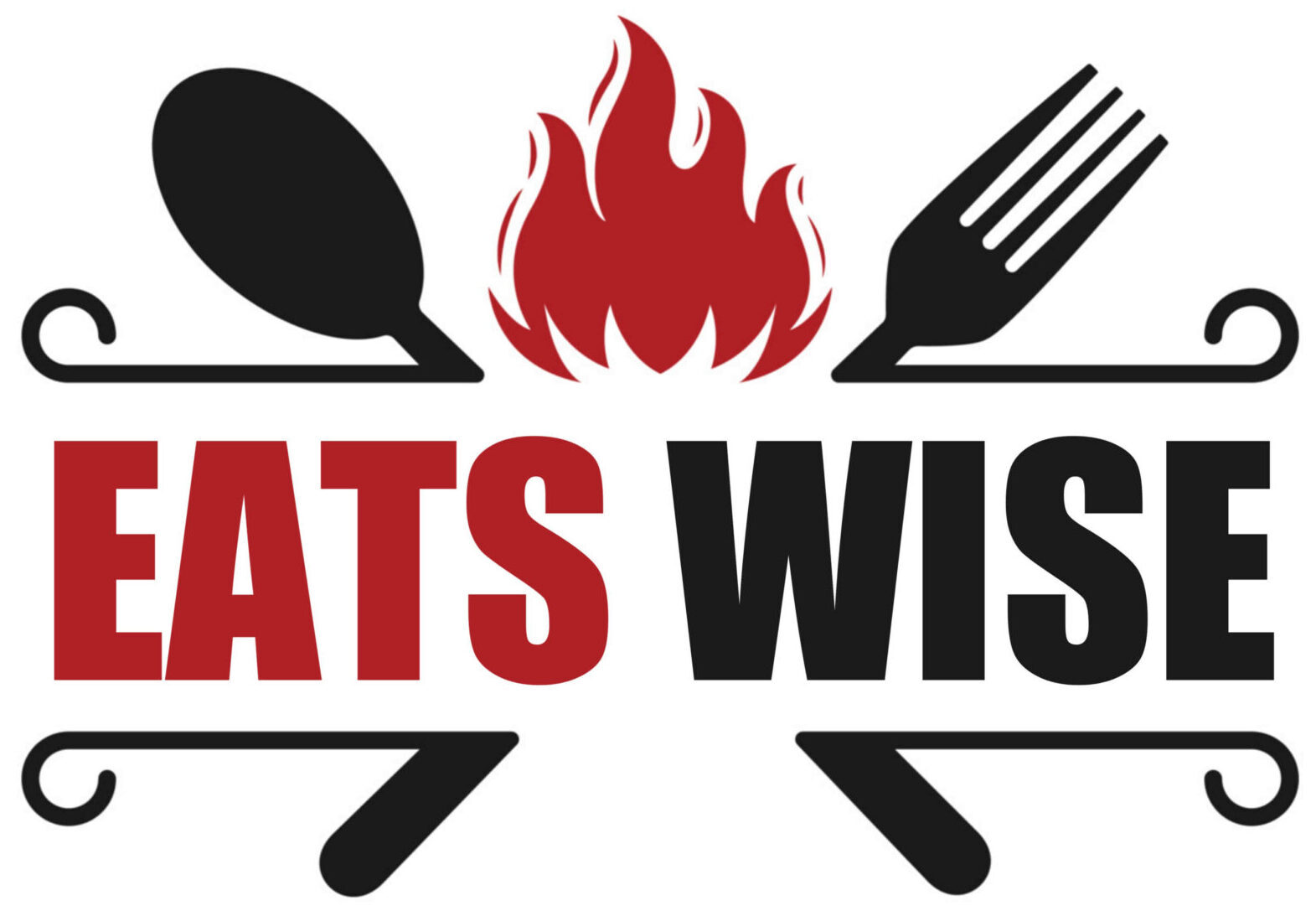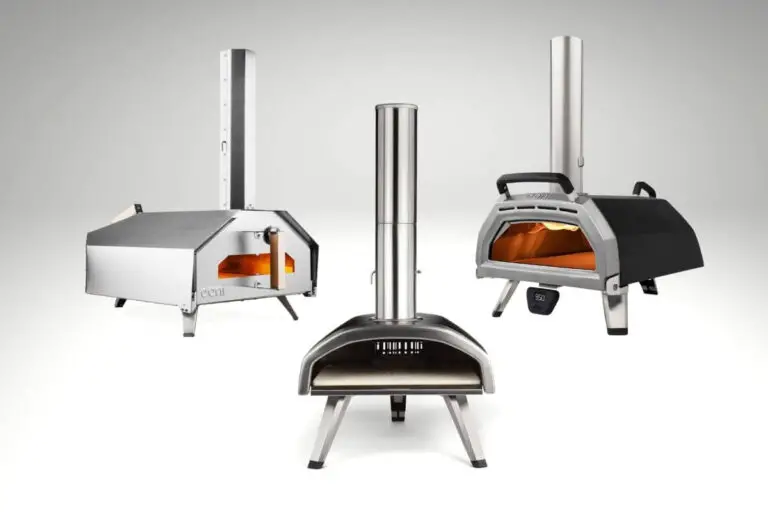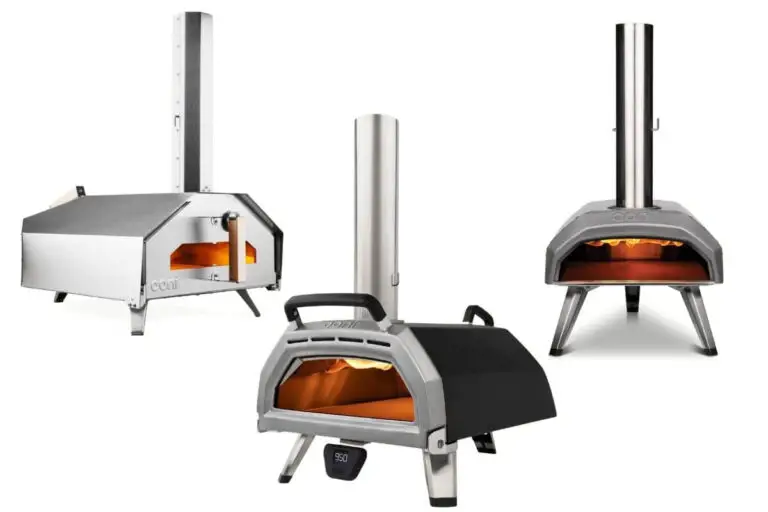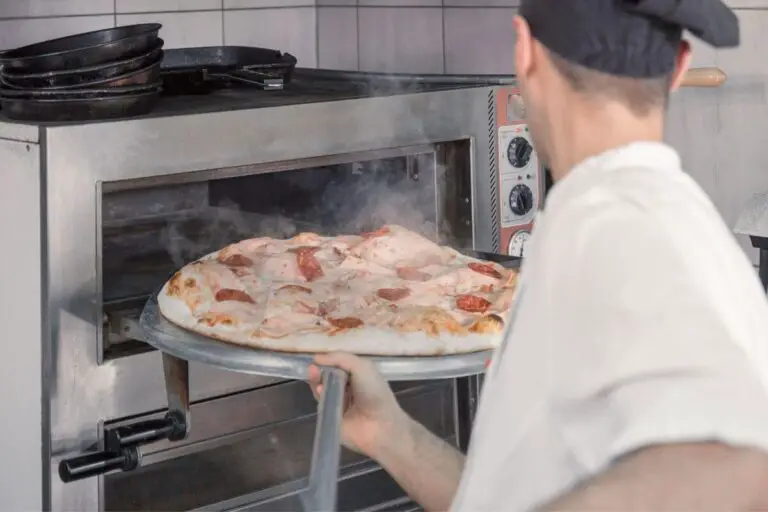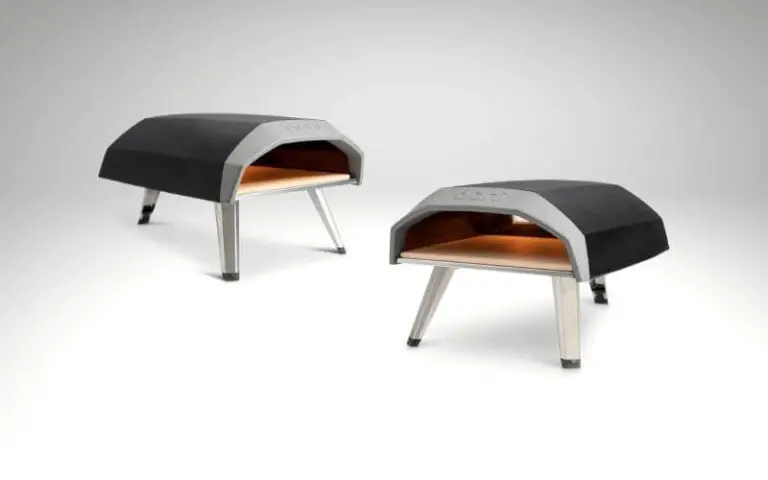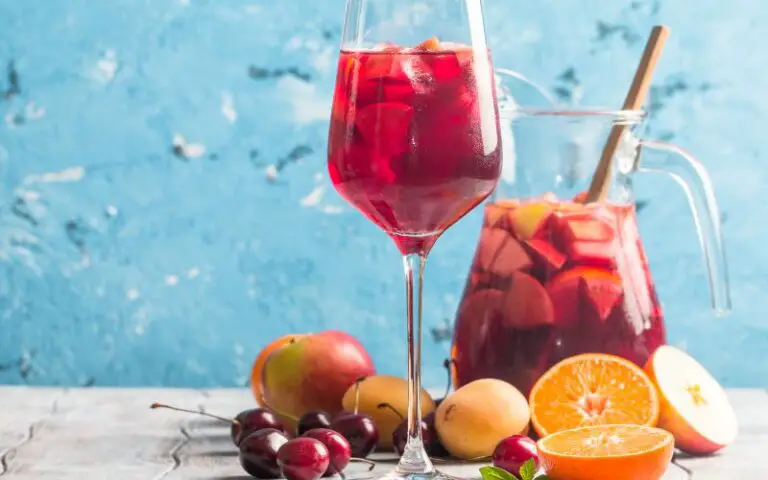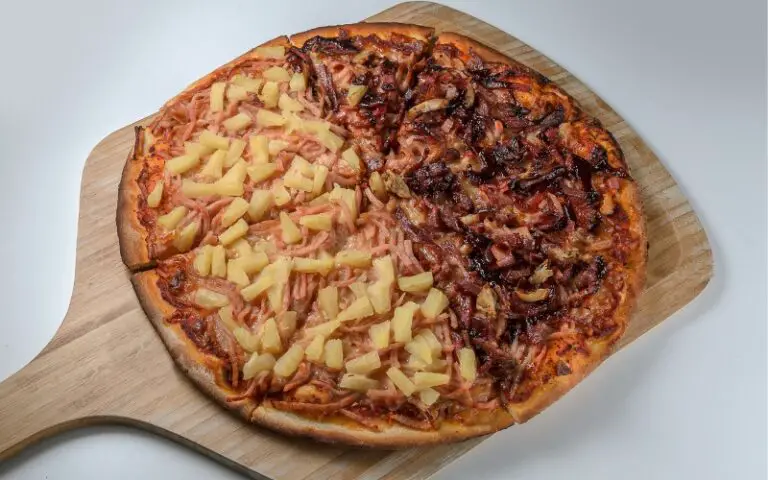Starbucks Vanilla Bean Frappuccino: What’s Inside?
If you love milkshakes, you might enjoy the Starbucks Vanilla Bean Frappuccino. Have you heard of it before, or did a friend recommend it?
Beyond a milkshake, the Starbucks Vanilla Bean Frappuccino has other characteristics that should interest you.
These characteristics include the caffeine content, the calorie value, and the nutritional value of the Starbucks Vanilla Bean Frappuccino.
Besides having great taste and an appealing look, the Starbucks Vanilla Bean Frappuccino possesses other valuable characteristics. The caffeine content is almost zero, with 380 kcal of calories. Additionally, Starbucks’ vanilla bean frappuccino has great nutritional value with carbohydrates, fats, and proteins.
In this article, you will discover more about the Starbucks Vanilla Bean Frappuccino’s caffeine content, calorie value, and nutritional value.
Additionally, it’ll explain how you can make a very tasty Starbucks Vanilla Bean Frappuccino yourself.
What Is the Caffeine Content of Starbucks Vanilla Bean Frappuccino?
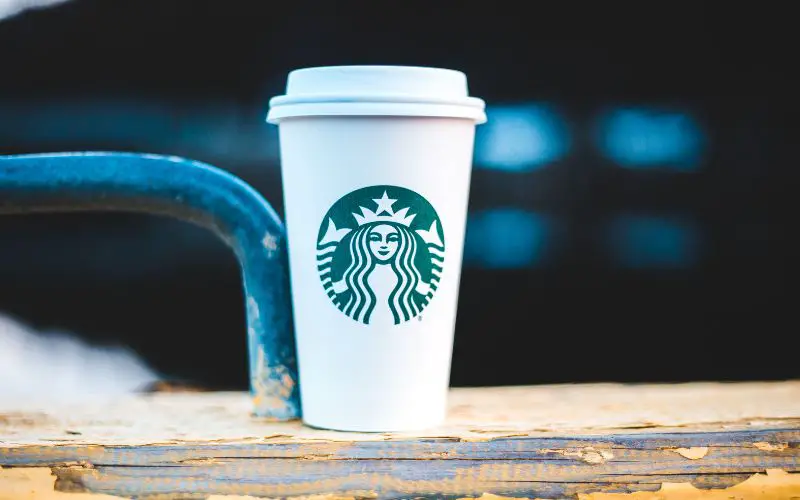
The Starbucks Vanilla Bean Frappuccino does not contain any caffeine. The smoothie is devoid of any caffeine content.
The Starbucks Vanilla Bean Frappuccino is a crème-based smoothie and does not contain any caffeine.
Caffeine is a substance that naturally occurs in tea leaves, cocoa beans, coffee beans, and kola nuts. Many other foods have coffee as an additive.
The chemical properties of caffeine have been the subject of great research. Its action in the body is well known. Caffeine is a very popular substance worldwide.
In the body, caffeine is a stimulant of the central nervous system. Caffeine’s primary action area is on brain and spinal cord nerves.
This substance primarily keeps you awake and enhances cognatic alertness and attentional performance.
The activity of caffeine in the body is why you stay awake after a cup of it. In the United States, caffeine is considered safe by the Food and Drug Administration.
You can find commercially prepared coffee in milk and some milk products. In the case of the Starbucks Vanilla Bean Frappuccino, there is no caffeine in it.
For a crème-based beverage, caffeine might be an unnecessary addition to the mix.
When you look at the nutrient table of the Starbucks Vanilla Bean Frappuccino, you will not find any value attached to the caffeine.
Aside from keeping the body alert and awake, caffeine also helps to improve your mood and brain function.
Caffeine can carry out this function by blocking the brain signaling molecule called adenosine. The nerves in the brain are responsible for the release of these hormones.
When caffeine blocks adenosine, Dopamine and norepinephrine are released by the nerves in the brain.
These hormones are responsible for most of the qualities of caffeine in the body. When these hormones are released, they begin to act on the nerves in the brain.
Many consumers prefer the Starbucks Vanilla Bean Frappuccino because it does not contain caffeine. Some people stay away from caffeine because of its side effects.
Studies have shown that consuming more than 400 mg of caffeine daily will result in some health problems.
In most cases, the best way to avoid these problems is to avoid consuming caffeine. Many people opt for crème-based drinks because they have no caffeine content in them.
Researchers and health practitioners have associated insomnia, dizziness, and headaches as common health hazards you are likely to experience if you consume high amounts of caffeine.
Other uncommon hazards include heart problems, dehydration, and anxiety. A common side effect of its consumption is dependency.
People dependent on caffeine need to consume higher amounts of the substance to get the same results.
If your health practitioner asks you to avoid caffeine, you can rely on Starbucks Vanilla Bean Frappuccino as a regular beverage.
You have no worries because the Starbucks Vanilla Bean Frappuccino does not contain caffeine.
What Is the Calorie Value of Starbucks Vanilla Bean Frappuccino?
The Starbucks Vanilla Bean Frappuccino contains about 380 kcal for every 29.5ml of the beverage you consume.
This measure is equivalent to one fluid ounce. Most outlets serve the Starbucks Vanilla Bean Frappuccino in fluid ounces.
The Calorie is the unit of measuring the energy value of foods. Substrates contribute to this energy value in all foods.
You are measuring the value of the proteins, carbohydrates, and fats in foods for the Starbucks Vanilla Bean Frappuccino; the nutritionist peg that values at 380 kcal.
In simple terms, the calorie value of food is determined by the amount of heat that food particle releases when ignited and its total combustion in a bomb calorimeter.
When it concerns food, calories are the amount of energy present in foods.
When you eat food, the energy released when your body breaks down the food is measured in calories.
The higher the calorie value of food, the more energy it can release. This higher energy translates to more energy for your body.
When you consume foods with high-calorie contents, your body uses some of them for your everyday activities.
The rest of it is stored as fats. In your body system, fats are the storage units of calories. You gain more calories when you eat fatty foods than any other class of foods.
In turn, your body stores excess calories as fat. Other classes of food that contribute significantly to the calorie content of foods include carbohydrates and proteins.
When you look at the nutritional table for a standard serving of Starbucks Vanilla Bean Frappuccino from sales outlets, you find the exact amount contributed by all classes to the calorie pull.
Fats make up to 150 mg of the caloric pull of the Starbucks Vanilla Bean Frappuccino smoothie.
Proteas, carbohydrates, and other trace elements comprise the remaining value.
With this information, you can tell that the Starbucks Vanilla Bean Frappuccino is a beverage with high-calorie content.
Dieticians believe an adult’s required daily calorie level is 2,000 calories. However, this requirement may vary depending on the needs of the individual.
The Starbucks Vanilla Bean Frappuccino serving is a good source of calories; when consumed correctly, it can deliver plenty of calories to the body.
What Is the Nutritional Value of Starbucks Vanilla Bean Frappuccino?
The Starbucks Vanilla Bean Frappuccino is a beverage with great nutritional value at a standard serving.
These values may vary depending on individual preferences.
A standard Starbucks Vanilla Bean Frappuccino serving contains all the necessary substances for healthy living.
Customers can sometimes make orders that personalize the recipe to their tastes. In this instance, the nutritional information may change.
The nutritional value of a food tells you about the number of substrates that can be used up by your body when you consume food.
Carbohydrates, proteins, and fats are the basic substrates that contribute to foods.
These substances are the basic materials that make up the nutritional value of our foods.
Highly nutritious foods contain these substances in varying degrees. The most nutritious foods have these classes of foods in balanced quantity.
On the Starbucks Vanilla Bean Frappuccino menu table, you can find the information you need concerning the nutritional value of the Starbucks Vanilla Bean Frappuccino.
This information is vital because it helps you make an informed decision on how much nutrient you can get from a serving of the Starbucks Vanilla Bean Frappuccino.
The nutritional demands vary from person to person based on their biological needs.
When you look at the menu table, you will have all the information you require to make an informed choice.
Conditions that can make the nutritional requirements differ among persons include health conditions, seasonal differences, age, sexual differences, and activity.
When you look at the nutrition chart, you will discover that the different classes of foods have different ratings, both in calorie content and grams.
In terms of nutritional value, there are different types of fats. Fats get the most attention because they have the highest calorie rating.
Besides having a high-calorie rating, they are responsible for most of the weight gained when you consume a certain amount of the Starbucks Vanilla Bean Frappuccino.
More precisely, there are two types of fats: saturated fat and trans fat. These fats are interconvertible from one form to another.
Nutritionists and dietetics believe that there are good fats and bad fats. They also recommend that your daily fat consumption has more ‘good’ than ‘bad’ fats.
Bad fats are trans fats; these fats are more susceptible to predispose you to health hazards.
Whenever you consume foods, always look out for the presence and composition of trans fats.
In some foods and beverages, the manufacturing company labels these fats as trans fatty acids.
When you see these names, do not be confused; they mean the same thing.
In a standard Starbucks Vanilla Bean Frappuccino serving, these fats constitute a minute part of the nutritional pull.
In the table below, you will find the nutritional and caloric information of the Starbucks Vanilla Bean Frappuccino per standard serving:
| Class Of Food | Percentage Composition | Weight In Grams |
|---|---|---|
| Fats | 21 | 5 g |
| Carbohydrates | 19 | 53 g |
| Proteins | 11 | 250 mg |
| Sodium | 17 | 250 mg |
| caffeine | 0 % | 0 mg |
What Is the Recipe of Starbucks Vanilla Bean Frappuccino?
The Starbucks Vanilla Bean Frappuccino is a crème-based beverage with an easy-to-source recipe. Here is the recipe for the Starbucks Vanilla Bean Frappuccino smoothie.
First, put together your ingredients; the ingredients you need include:
- Milk
- Ice cubes
- Vanilla bean ice cream
- Sugar
- Vanilla extract
- Whipped cream
When you have your ingredients in place, blend the milk, the vanilla bean ice cream, the sugar, and the vanilla extract.
You can blend everything at once, including the ice cubes. When you are done, add the whipped cream, and there you have your Vanilla Bean Frappuccino.
With this recipe, you can enjoy quality Starbucks Vanilla Bean Frappuccino in the comfort of your house without spending so much.
You can vary the quantity of the individual substances depending on your taste.
